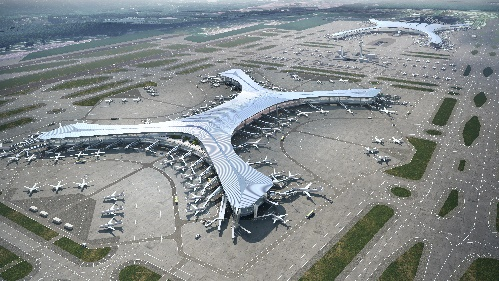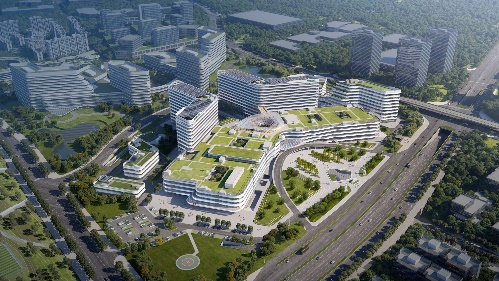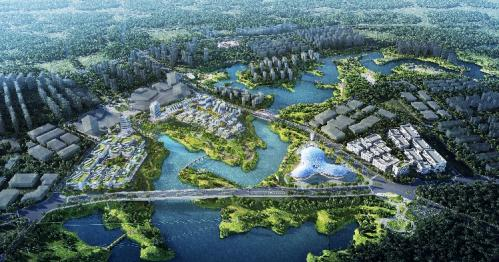The PPP Project of Tuanjiehu Big Data Intelligent Industrial Park
The PPP Project of Tuanjiehu Big Data Intelligent Industrial Park locates in the Tuanjiehu Big Data Industrial Park, Shuangfu Street, Jiangjin District, Chongqing City. Construction scale of the project: buildings for production services include intelligent manufacturing bases A and B, Waterfront Convention Center, R&D and innovation center areas A and B, etc., with a total area of about 366,200 square meters and a construction area of about 600,000 square meters. Public service facilities include Xiangtang Elementary School, which covers a total area of about 52 mu and a construction area of about 26,000 square meters. Infrastructure supporting facilities include 6 new-built supporting roads, Project of Tuanjie Lake Wetland Park Phase II Project, information system of the smart park, etc.
 Your current location:
home
>
Exhibition Hall Online
>
Venue Layout
>
N2
>
Chongqing Construction Technology Development center
>
China Construction Eighth Engi...
Your current location:
home
>
Exhibition Hall Online
>
Venue Layout
>
N2
>
Chongqing Construction Technology Development center
>
China Construction Eighth Engi...



